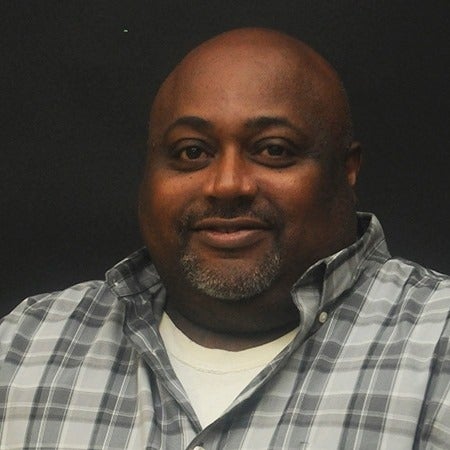Telling the stories that changed history
Published 9:10 pm Saturday, February 21, 2015
Friday afternoon I was a happy and relived man. After a couple of months of work, The Selma Times-Journal sent to press our Selma to Montgomery commemorative edition.
Inside the 100-page magazine are stories from dozens of people who lived through one of our country’s most exciting and frightening times.
In the spring of 1965, the world saw the best and worst of human nature, and Selma, Alabama provided the stage for this drama.
Our special edition, which will be available after March 1, only captures a slice of history as witnessed by thousands of people. I wish we could have spoken to more people who were in Selma in 1965. If only time, space and life would allow, I would have loved to meet everyone who marched 50 years ago.
To that end, by no means is our effort an exhaustive collection of all the stories, people, places and organizations important to the Voting Rights Movement, but I do hope it’s a good representation.
Inside are stories that will make you laugh and make you cry. Overall, it’s a testament to the extraordinary power that ordinary people can have when they come together for good and right.
Copies of the magazine will be available at our office for $10 and can be preordered by calling (334) 875-2110.
I look forward to hearing your thoughts on the publication. I must also thank a few people for their help in making the project a reality, including title sponsor Concordia College Alabama.
I also appreciate the willingness people had to sit down with us, from U.S. Representatives John Lewis and Terri Sewell to dozens of other people now in Selma, Montgomery, Atlanta and elsewhere, to document their recollections.
Interviewing Lewis surrounded by Spider Martin’s iconic images from Bloody Sunday will forever be a highlight of my career and an interview that I will keep forever.
I should also thank the University of Alabama Department of Journalism, department chair Wilson Lowery and professors Scott Parrott and Donald Brown. Their interest in this project allowed 12 UA students to write stories and have experiences of a lifetime by coming to Selma and learning about the sacrifices made here.
One student, who wrote a feature on Lynda Blackmon Lowery a Foot Soldier who turned 15 on the road to freedom, told me at the onset she didn’t think writing her piece would come to mean as much to her as it does now that she’s done.
Finally, I must thank Tracy Martin for allowing us to use her dad’s images from Bloody Sunday and the Selma to Montgomery march. They are powerful photos that still take your breath away 50 years later.



